Looking at the schematic for the Shure PA770 Antenna Combiner (found in their FCC listing) we can see the design is fairly straightforward, some amplification before combining via a typical Wilkinson divider.
What isn't immediately obvious to me is why the designer chose to use baluns/transformers to first convert the single-ended input to differential, amplify both signals independently, before converting the differential signal back to a single-ended output:
As can be seen in some internal photos on an FCC listing of their more modern combiners, these transformers aren't small (nor inexpensive), not to mention the duplication of the RF transistor and biasing circuitry:
What are the benefits to this design vs a more typical single-ended power amplifier architecture?

